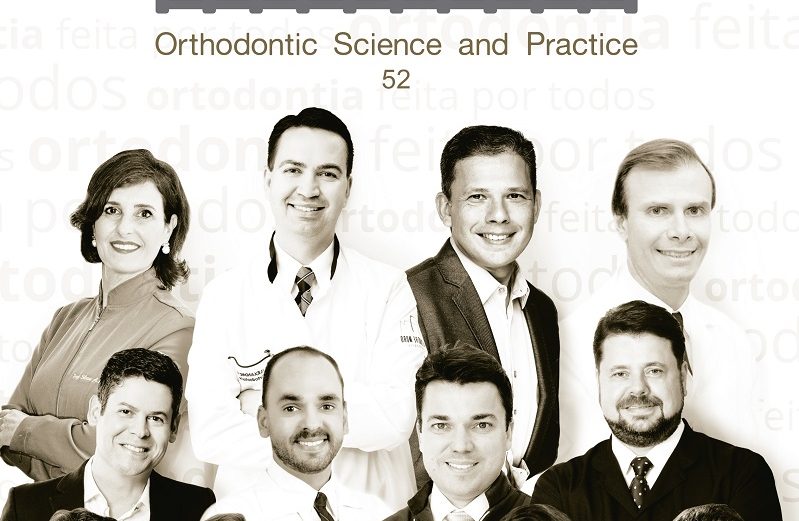Vol. 13 – Number 52 – 2020 Original article Page 107-114 Mandibular incisor position in symphysis comparison in young leucoderm, xanthoderm and japanese-brazilian with normal occlusion Jose Guerra¹ Maria P. Seminario¹ Julio Vigorito² Marcos Roberto de Freitas¹ Guilherme Janson¹ Arnaldo Pinzan¹ Abstract Objective: To compare the linear and angular measurements using as a parameter the Vigorito analysis in Leucoderm, Xanthoderm, and Japanese-Brazilian people to obtain the average normal values, to compare the values obtained and the differences between groups and sex dimorphism. Material and Methods: The retrospective sample included 103 lateral films of young Brazilian people with normal occlusion. It was divided into three groups: Group I with 38 Leucoderm subjects, Group II with 33 Xanthoderm subjects, and Group III with 32 Japanese-Brazilian subjects. Lateral films were scanned using Scan Maker i800 scanner, and CephX 4.5.4. was used to measure the cephalometric variables specific to the analysis, and they were statistically compared. Age compatibility was analyzed using ANOVA test followed by Tukey test. Sexual dimorphism was evaluated with independent t test, and the intergroup comparisons were performed with ANCOVA followed by Tukey test. Results: Leucoderm and Japanese-Brazilian female group presented statistically significant differences for sexual dimorphism, showing a higher facial convexity and lower mandibular incisor less protruded. Besides that, Japanese-Brazilian subjects presented a significantly lower maxillary protrusion when compared to Xanthoderm and Leucoderm subjects. The latter group also had lower incisor protrusion when compared to Japanese-Brazilian and Xanthoderm, respectively. Conclusions: Leucoderm, Xanthoderm, and Japanese-Brazilian subjects with normal occlusion presented dentoskeletal, dental and facial differences, and gender differences related to the mandibular symphysis. Thus, the individualization of cephalometric patterns in different groups is justified. Descriptors: Ethnic groups, incisor, cephalometry. ¹ PhD student – FOB-USP. ² Professor – FOB-USP.
This content is restricted to site members. If you are an existing user, please log in. New users may register below.




